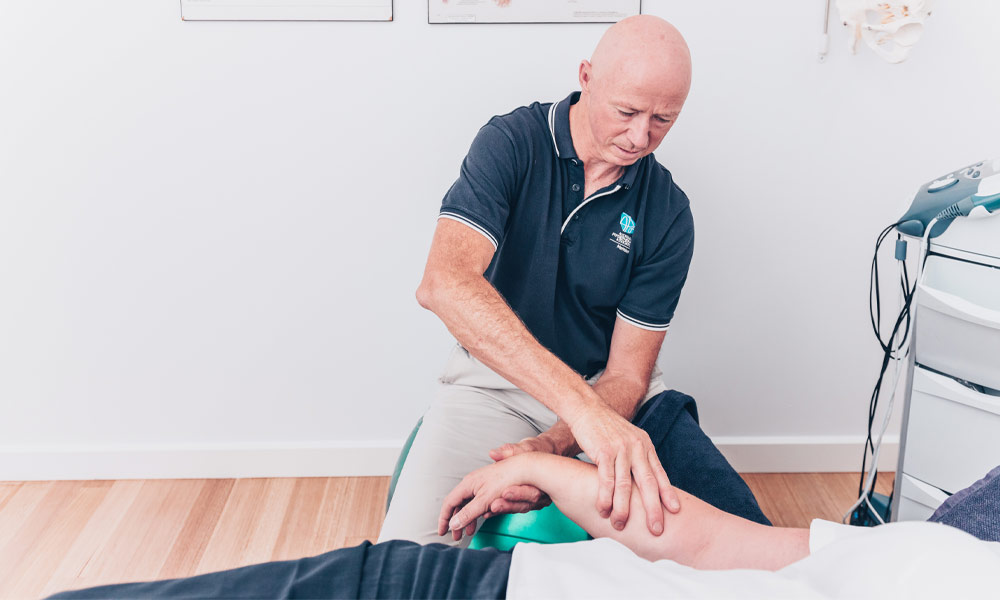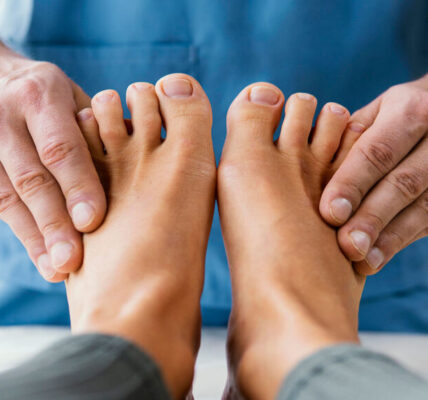They are living with ongoing health conditions like arthritis, diabetes, MS, and fibromyalgia means coping with symptoms that often worsen over time – chronic pain, fatigue, reduced mobility and flexibility, and more. Medications provide limited relief while the underlying issues persist. Is just coping your only option? Physiotherapists focus on the body’s physical functioning. Sessions involve manually testing range of motion, coordination, balance challenges, mobility restrictions, core strength deficits, gait abnormalities, and identifying sources of musculoskeletal pain. Hands-on assisted stretching and joint manipulations combine with recommendations for specific therapeutic exercises. Physios determine how diseases, injuries, surgeries, etc. currently limit optimal movement and strength. They create customized treatment plans targeting specific impairments and capabilities. You receive guidance using pelvic floor muscles, and learning techniques to reduce urinary incontinence problems.
Ongoing patient education
In-depth education teaches you exactly which muscles to strengthen, how to improve flexibility plus stride correction, use of mobility aids, and more. You’ll learn safe ways to lift, transition from sitting to standing given hip/knee restrictions, techniques for climbing stairs with less knee pain or shortness of breath, etc. Sharing feedback on challenges encountered trying to follow home exercise programs means your physio can refine recommendations. They ensure you continue progressing. The little adjustments with big impact keep motivation high. Patient commitment to continuing stretches, exercises, and practicing suggested techniques is key for maintaining improvements between appointments.
Regaining strength and mobility
physiotherapy care in Oakville conditions often involve inflammation or neuropathy interfering with normal nerve signalling for muscle activation and coordination. Prescription medications attempt to control biological processes causing such impairment with limited success. The right exercises actively strengthen muscles weakened by disuse, reduced activation, or atrophy. Stretches lengthen connective tissues tightened by scar tissue formation or constantly contracted positions held to avoid pain. Massage improves circulation. Mobility aids like braces or taping techniques provide external joint stability enabling moving more normally without worsening problems.
Fighting fatigue and restoring energy
Chronic fatigue frequently accompanies most long-term health problems significantly impacting quality of life. Struggling through daily tasks drains mental and physical energy further reducing activity levels – leading to weakened muscles, stiff joints, and even more fatigue. It becomes a vicious downward spiral. Physiotherapy assists in creating reasonable goals for baseline movement and strength to stabilize energy resources. You learn to balance rest breaks with movement to avoid seizing up. Therapeutic exercises enhance cardiovascular stamina for improved oxygenation powering tired muscles. Fighting the inevitable decline associated with chronic conditions means strategically expending limited energy.
Overcoming secondary effects
Musculoskeletal changes frequently develop secondary to chronic illnesses. For example, diabetes often causes reduced leg circulation and neuropathy allowing foot ulcers or Charcot deformities to alter weight distribution during walking. Abnormal forces then lead to painful arthritis in knees, hips, or back due to uneven gait. Physiotherapy helps retrain optimal stride, balance strategies, and appropriate use of mobility aids. For stroke patients, spastic muscle tightness in hemiplegic limbs requires certain stretching protocols to reduce contractures. Parkinson’s patients work on stability and safety with walking or transferring.









